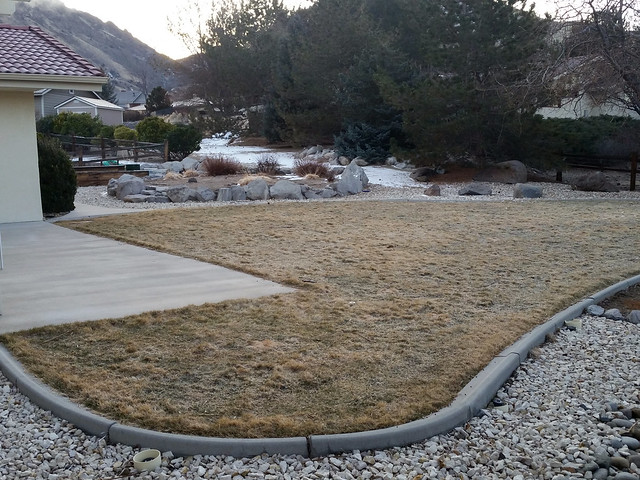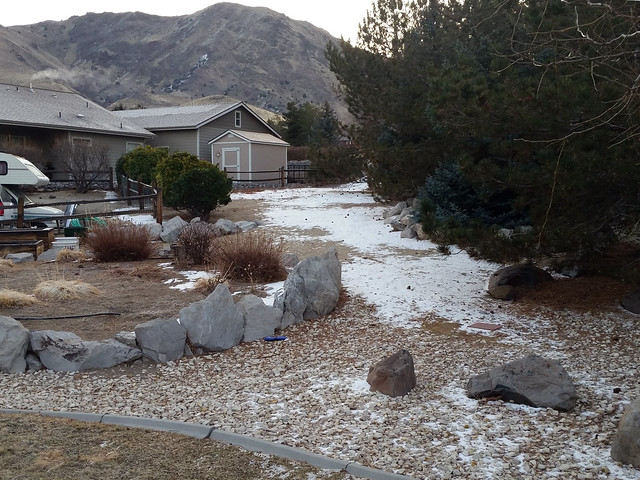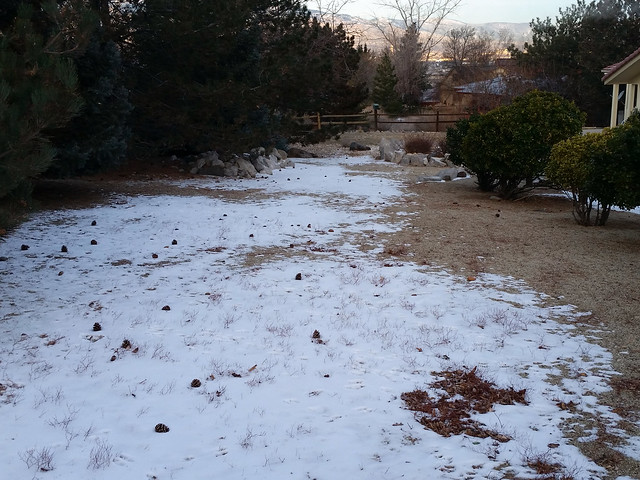THAT is the DEFINITION of oxidation, not corrosion.
My reference sources are dictionaries and scientific texts, besides my scientific training. You can call it corrosion till the cows come home.
(By the way is all the anodized aluminum in your house corroded? (https://www.largescalecentral.com/externals/tinymce/plugins/emoticons/img/smiley-tongue-out.gif)By your definition it is.)
Anyway, lets give it a rest, I cannot get you to cop to the distinction between corrosion and oxidation, and you will never convince me or Websters or Encyclopedia Britannica of your making them the same.
Greg
p.s. I have to call TOC and tell him all his aluminum rail is corroded and I can’t come and run trains this year until it’s fixed.


